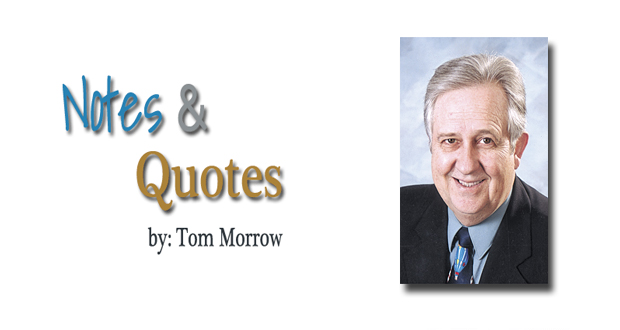From Buffalo Hunter to Sheriff to NYC Sports Writer
By Tom Morrow

The nickname “Bat” was given to him by boyhood companions while out on a hunting trip with the name coming from a popular character of the day. “Baptiste Brown,” or “Old Bat,” was a popular hunter and trapper well-known to the mid-1860s generation. It would be a nickname that Bartholemew William Barclay Masterson would make famous in the wild western frontier during the last quarter century of the 1800s.
“Bat” Masterson, born Nov. 26, 1853, was a buffalo hunter, U.S. Army scout, lawman, professional gambler, and popular newspaperman known for his exploits in the late 19th and early 20th-centuries. He was one of the most colorful characters of the Old West. During his boyhood years, he became an expert in the use of firearms and accompanied expeditions that went out to hunt buffalo. In the Fall of 1871, 18-year-old Bat headed west with his 19-year-old brother Ed. They camped with other buffalo hunters working along the Salt Fork River in the present-day Kansas counties of Comanche and Barber. During visits to other buffalo hunting camps, the Masterson brothers met a number of men who also would become legends in western history. This group included: Wyatt Earp, Billy Dixon, Tom Nixon, and “Prairie Dog” Dave Morrow, who as far as research has gone, is not clinging onto any branch of this author’s family tree.

Masterson was born to a working-class Irish family in Quebec, Canada, but he moved to the western frontier as a young man and quickly distinguished himself. He earned fame as a gunfighter and sheriff in Dodge City, Kansas during which time he was involved in several notable shootouts.
On Jan. 24, 1877, Masterson became embroiled in an argument with Army Cavalry Sgt Melvin A. King over a game of poker and a dance hall beauty named Mollie Brennan. The argument quickly led to gunplay and King was left dead. Before falling, King got off a shot that passed through the woman’s body, killing her, and hitting Masterson in the pelvis. The injury caused Masterson to walk with a limp for the rest of his life.

After he recovered, Masterson returned to Dodge City in July of that same year where he became a lawman along with his friend Wyatt Earp. Appointed an under-sheriff by Ford County Sheriff Charles Bassett, that very same month brother, Ed Masterson became an assistant marshal of Dodge City. Another of his friends during that time was the notorious gambler and gunfighter John “Doc” Holiday, whom Masterson once described in a newspaper column as a “most picturesque character on the western plains.”
Those were the years Dodge City was known as a “wicked little town.” Cattle drives had replaced the buffalo hunters as longhorn cattle were driven up from Texas along the western branch of the Chisholm Trail to the railroad. For the next 10 years, more than 5 million head were driven on the trail into Dodge City.
By the mid-1880s, Masterson moved on to Denver and established himself as a “sporting man,” which was a popular label for being a gambler. He took an interest in prize-fighting and became a leading authority on the sport attending almost every important match and title fight in the United States from the 1880s until his death in 1921. He became such an authority on prize fighting he refereed a number of important matches.
Masterson was one of the very few who lived during the lawless days of the Old West who wasn’t there to make a name for himself, or to count the notches on his gun. He was said to be “a genuine and honest man” who didn’t have a reputation for violence, but, was loyal to the end defending his friends.

In 1902, Masterson moved to New York City and spent the rest of his life there as a reporter and columnist for the The Morning Telegraph. His column covered boxing and other sports, and it frequently gave his editorial opinions on crime, war, politics, as well as other topics such as his experience in the Old West. During Masterson’s years in New York City he became a close friend of President Theodore Roosevelt and was one of his so-called “White House Gunfighters” who received federal appointments from the president along with other frontier lawmen Pat Garrett and Ben Daniels.
By the time of his death on Oct. 25, 1921, Masterson was known throughout the nation as a leading sportswriter and celebrity. He is remembered today for his connection to many of the Old West’s most iconic people, places, and events, and his life and likeness are frequently depicted in American folk culture, including a popular television series during the 1950s, starring actor Gene Barry.




